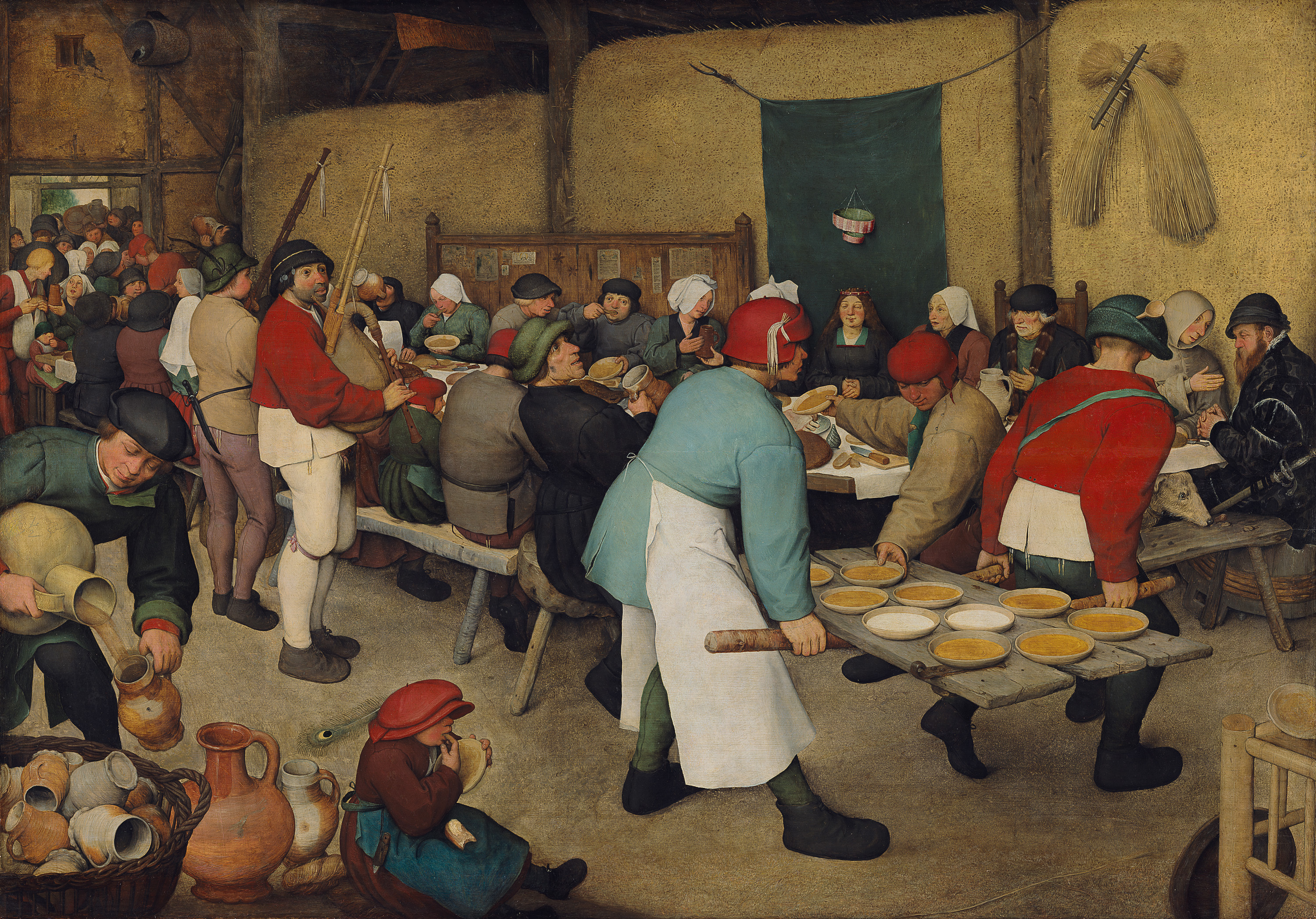Pijpzak on:
[Wikipedia]
[Google]
[Amazon]
 is the name for
is the name for
 is the name for
is the name for bagpipes
Bagpipes are a woodwind instrument using enclosed reeds fed from a constant reservoir of air in the form of a bag. The Great Highland bagpipes are well known, but people have played bagpipes for centuries throughout large parts of Europe, No ...
in the Netherlands and the Flemish (Dutch) speaking northern part of Belgium. This is the region where painter Pieter Bruegel the Elder lived and worked. Formerly and were common. The latter two names, generic at one time, survive in the piposa The pipasso is a type of bagpipe found in northern France and Belgium. It is commonly called the "Picardy bagpipe". In the Belgian province of Hainaut, it is also known as the muchosa.
History
The pipasso was traditionally played by shepherds i ...
() from Picardy and muchosa
The muchosa is a type of bagpipe dating back to the late 13th century in Hainaut, Belgium and northern France, where it is known as the pipasso.
The muchosa has a chanter with a conical bore and double reed, pitched to B-flat. It has two singl ...
(muse au sac) in the actual Belgian province of Hainaut.
According to certain sources, muse
In ancient Greek religion and mythology, the Muses ( grc, Μοῦσαι, Moûsai, el, Μούσες, Múses) are the inspirational goddesses of literature, science, and the arts. They were considered the source of the knowledge embodied in the ...
once was the earliest generic name for this family of instruments in a large part of Europe and survives itself in the actual French generic name of cornemuse
French bagpipes cover a wide range and variety of styles of bagpipes and piping, from the Celtic piping and Music of Brittany to the Northern Occitan's cabrette.
The Center-France bagpipes (called in French ''cornemuse du centre'' or ''musette d ...
for all bagpipes.
The term refers to a type of two-droned Flemish
Flemish (''Vlaams'') is a Low Franconian dialect cluster of the Dutch language. It is sometimes referred to as Flemish Dutch (), Belgian Dutch ( ), or Southern Dutch (). Flemish is native to Flanders, a historical region in northern Belgium; ...
bagpipe, as portrayed in the artwork of Pieter Bruegel the Elder
Pieter Bruegel (also Brueghel or Breughel) the Elder (, ; ; – 9 September 1569) was the most significant artist of Dutch and Flemish Renaissance painting, a painter and printmaker, known for his landscapes and peasant scenes (so-called genr ...
and many others. The instrument is held rather in front of the player than under the arm, as can be seen on the painting on top of this article. The two drone pipes, which have single reeds and are typically a fifth apart, are in the same stock and face directly up or slightly forward, depending on the individual position of the piper. The chanter has a conical pierce and a double reed.
Details
The is at first sight similar in design to the of Central France. However, the has more variety in the number of drones, having a common stock or not, and their arrangement. The drones can rest backwards over the shoulder, or sideways over the arm, or both as with thechabrette
The chabrette or chabrette limousine (''chabreta'' in Occitan Limousin) is a type of bagpipe native to the Limousin region of central France.
In Périgord, there is a pipe locally known as the ''chabrette'' which shares many features with the ...
, and the small drone can sit next to the chanter.
A very specific difference between de and the cornemuse du Centre however, is the chanter. Modern instruments adopted the standardised chanter of the cornemuse du centre (itself a modern development, allowing overblowing) but the original instrument in Breugel's paintings had a different chanter. It has no thumb hole and has some particularities in the finger holes and the type of reed needed.
Only one instrument of the period was partially preserved and is now in the in Vienna; further investigations of this instrument are unfortunately not allowed. However, many years ago a very precise measurement has been executed and all further developments rely on that information.
The Belgian pipe maker Wout Vanloffeld compared the available data to Breugel's very accurate pictures and to the equally precise descriptions Michael Praetorius
Michael Praetorius (probably 28 September 1571 – 15 February 1621) was a German composer, organist, and music theorist. He was one of the most versatile composers of his age, being particularly significant in the development of musical forms ba ...
gave in his {{lang, la, Syntagma Musicum
''Syntagma Musicum (1614-1620)'' is a musical treatise in three volumes by the German composer, organist, and music theorist Michael Praetorius. It was published in Wittenberg and Wolfenbüttel. It is one of the most commonly used research sources ...
, nocat=y. He made reconstructions and models and created an adapted reed, also taking in account the suggestions Praetorius had given, such as the addition of a left thumb hole.
The original instrument was not in the key of G, but in D or E, which also matches Praetorius' description. It probably existed as well in a plagal as in an authentic version. Its sound, as well as its fingering, are different from the cornemuse du Centre and allows quite different musical explorations.
Belgian musical instruments
Dutch words and phrases
Bagpipes